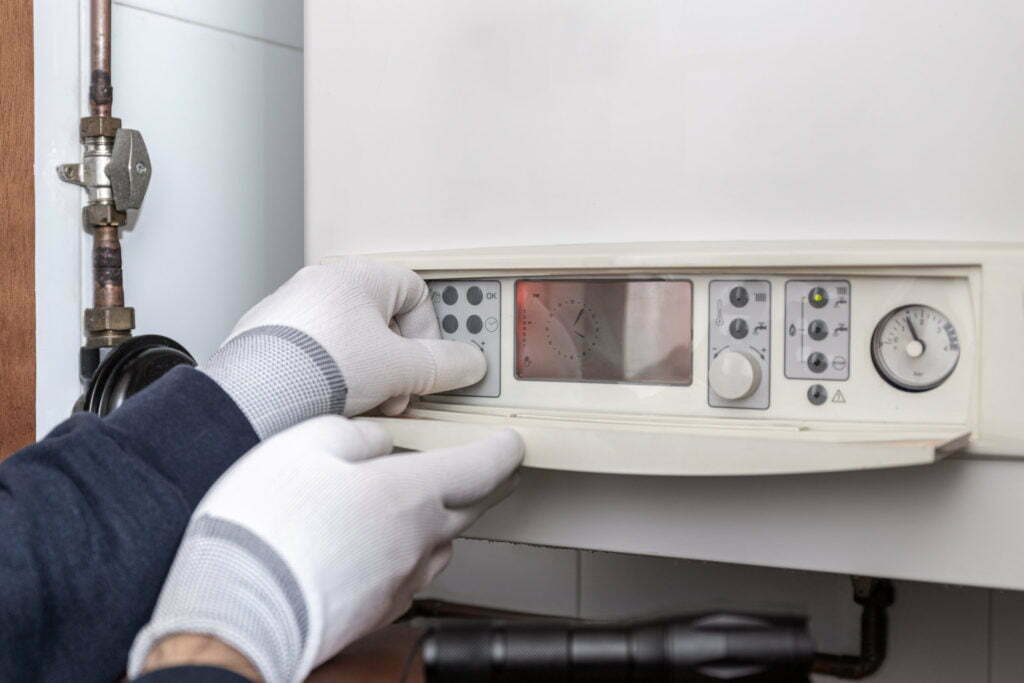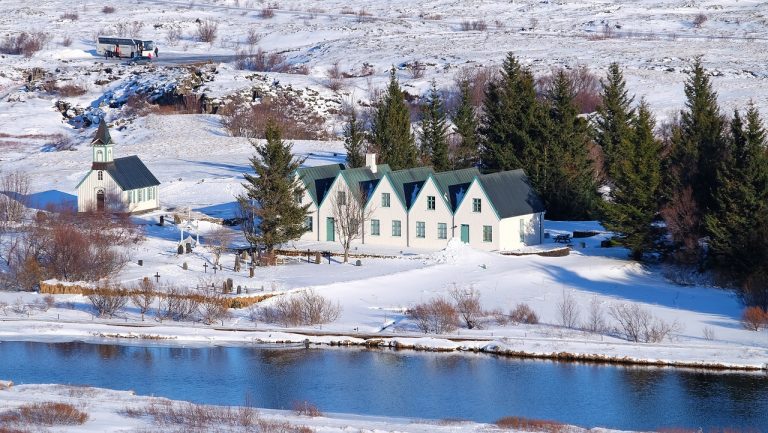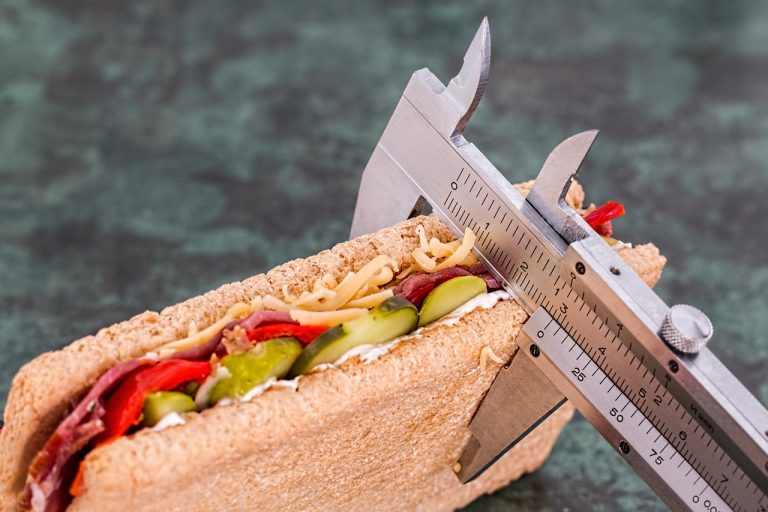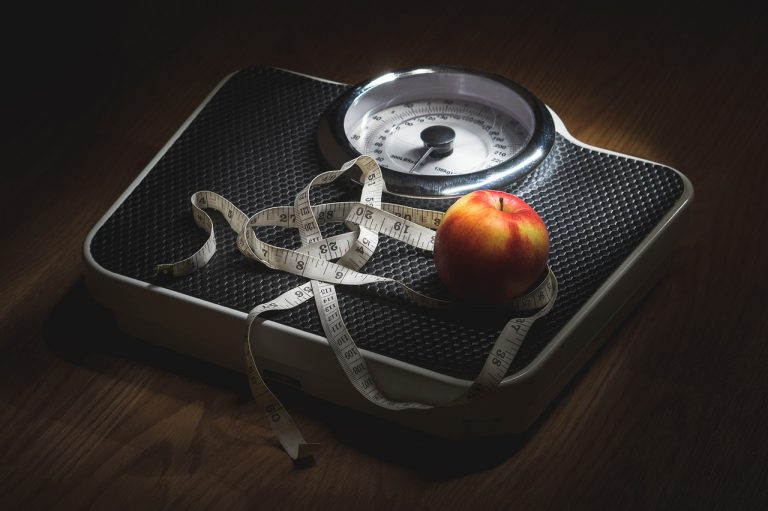If you have a heat pump, you know that one of the most important things you can do to keep it efficiently running is to optimize your duct system. There are a few things you can do to optimize your heat pump duct system and keep your energy bills low. Keep reading to learn how to optimize heat pump ducting systems.
What is a heat pump duct system?

A heat pump is a device that transfers thermal energy from one place to another, relying on the principles of refrigeration. In cold weather, it extracts heat from the outdoors and deposits it indoors. In warm weather, it reverses the process and extracts heat from the indoor air and deposits it outdoors.
Heat pumps are often used as an alternative to electric furnaces in homes with oil or gas heating systems. A ducting system for a heat pump is a network of metal or plastic tubes that carry heated or cooled air from the heat pump to the rooms in your house. The ducts are usually placed in the attic, basement, or crawlspace. They are connected to the heat pump, which is generally located in the garage, and the rooms in your house that need heating or cooling. The heated or cooled air is circulated through the ducts to the rooms.
What affects the efficiency of your heat pump system?
The efficiency of a heat pump is greatly affected by the layout of its duct system. The following tips will help you optimize your heat pump ducting system:
- The supply and return ducts should be as short as possible. Long ducts cause resistance to airflow, which reduces the heat pump’s efficiency.
- The supply and return ducts should be sized appropriately for the heat pump size. If they are too small, they will create airflow resistance and reduce the system’s efficiency. They will waste energy by cooling or heating more than necessary if they are too large.
- Ducts should be straightened out as much as possible to minimize turbulence and resistance to airflow. Curved ducts create turbulence, which reduces airflow and increases energy consumption.
- Ducts should not be placed in direct sunlight or near heat sources such as furnaces, ovens, or stoves. Sunlight shining directly on a duct can increase its temperature significantly, causing reduced efficiency for the entire system. The heat from appliances such as furnaces can also cause adjacent ductwork to overheat, leading to decreased performance for both appliances.
What are some ways you can optimize your heat pump duct system?
A programmable thermostat can automatically adjust the temperature when no one is home or during nighttime. This will help optimize your heat pump duct system and save you money on energy costs. By programming the thermostat to lower the temperature during these times, you can reduce the energy needed to maintain a comfortable temperature in your home.
If your ducting system is not already insulated, you can save money on your heating and cooling bills by insulating it. Insulating your ducts will keep the heat in during the winter and the cool air in during the summer. You can buy insulation for ducts at most hardware stores.
How can you reduce air infiltration?

Air infiltration is the process of air entering and leaving the home uncontrollably. It can be caused by many factors, such as wind, temperature differences, and pressure differences. Air infiltration can lead to several problems, such as decreased comfort, increased energy use, and even moisture damage.
The primary way to reduce air infiltration in your home is by weatherstripping your doors and windows. This can be done with various materials, such as foam, rubber, or vinyl, depending on your door type or window. You can also install door sweeps on the bottom of exterior doors to create a tighter seal when they’re closed. Additionally, use caulk or other sealants around cracks and openings in your walls and ceilings to reduce air leakage further.
By ensuring that the ducts are properly sized and installed, you can improve the efficiency of your heat pump system, saving you money on your energy bills. You’ll also enjoy greater comfort in your home since the system can distribute heat more evenly.





